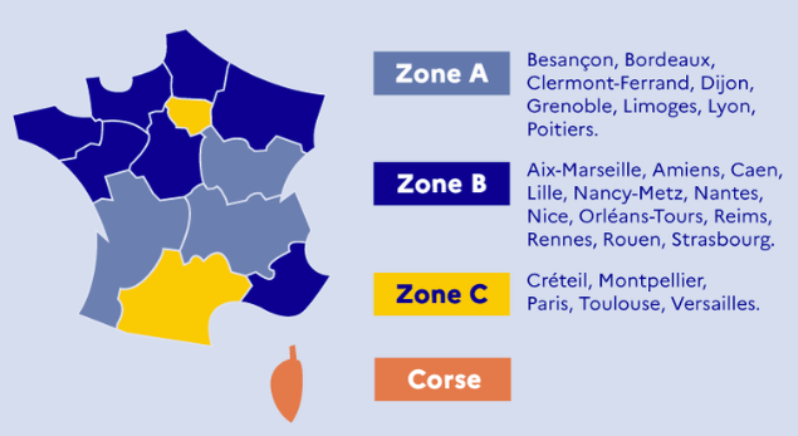La Chandeleur, also known as Candlemas, is a traditional French holiday celebrated annually on February 2nd, exactly 40 days after Christmas.
In this article, you’ll learn about the history of this day, its customs, and how the French celebrate it.
Historical background
La Chandeleur blends pagan and Christian traditions. Originally linked to the Roman festival of Lupercalia, it honored Faunus, the god of fertility, with rituals to ensure a fruitful year. As Christianity spread, the festival evolved to mark the Presentation of Jesus at the Temple, 40 days after his birth.
Around the 5th century, the Pope began distributing pancakes to pilgrims, and over time, farmers embraced crêpes as a symbol of the sun and the arrival of spring. Today, La Chandeleur is primarily celebrated through crêpe-making, with customs like flipping a crêpe while holding a gold coin for good luck.
Crêpe-making day
On this day, families gather to prepare both savory and sweet crêpes using simple ingredients such as eggs, flour, and milk. Savory crêpes often feature fillings like ham and cheese, while sweet versions are typically topped with sugar and lemon juice or filled with jam.
How to make crêpes
Here’s a quick recipe:
Ingredients:
- 4 large eggs
- 2⅓ cups milk
- ⅔ cup sugar
- 1 teaspoon vanilla extract
- 2⅓ cups flour
- ½ teaspoon salt
- 4 tablespoons butter
Instructions:
- Blend the eggs, milk, sugar, and vanilla until smooth. Mix in the flour and salt, then chill the batter for at least an hour.
- Heat a medium nonstick skillet and brush it with butter. Pour in ¼ cup of batter, swirling to coat the pan.
- Cook until the edges are golden (about 3 minutes), then flip and cook for another 15 seconds.
- Keep the crêpes warm under foil while you make the rest.
Source: https://www.bonappetit.com/recipe/basic-crepes

Tradition and superstitions
One of the most well-known traditions of La Chandeleur is flipping crêpes. It is said that if you successfully flip a crêpe with your right hand while holding a coin in your left, you’ll enjoy prosperity throughout the year.
In some regions, people place the first crêpe on top of a cupboard to ensure a bountiful harvest and ward off poverty.
Etymologically, “Chandeleur” comes from the Latin candelarum, meaning “candle,” which explains why the holiday is also called Candlemas. The tradition of blessing candles in church services symbolizes purification and the arrival of light after winter. Many believe that a candle’s behavior during the blessing can predict the year’s fortunes. For example, if a candle drips wax only on one side, it may foretell the passing of a loved one, while successfully bringing a lit candle home without it going out is thought to bring good luck.
Popular crêpe flavors in France
French people enjoy a wide variety of crêpe flavors, reflecting the country’s rich culinary diversity.
Some of the most beloved options include:
- Lemon and sugar: A simple yet classic favorite.
- Nutella: A rich, chocolate-hazelnut spread loved by all ages.
- Crêpes suzette:– A sophisticated choice featuring caramelized sugar, butter, orange juice, and Grand Marnier.
Whether you enjoy them sweet or savory, crêpes are at the heart of La Chandeleur, making this holiday a delicious and cherished tradition in France.











